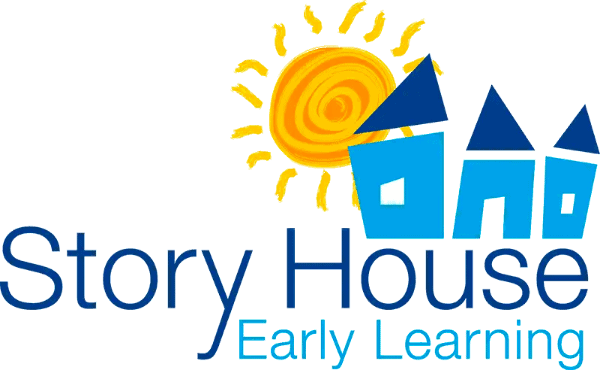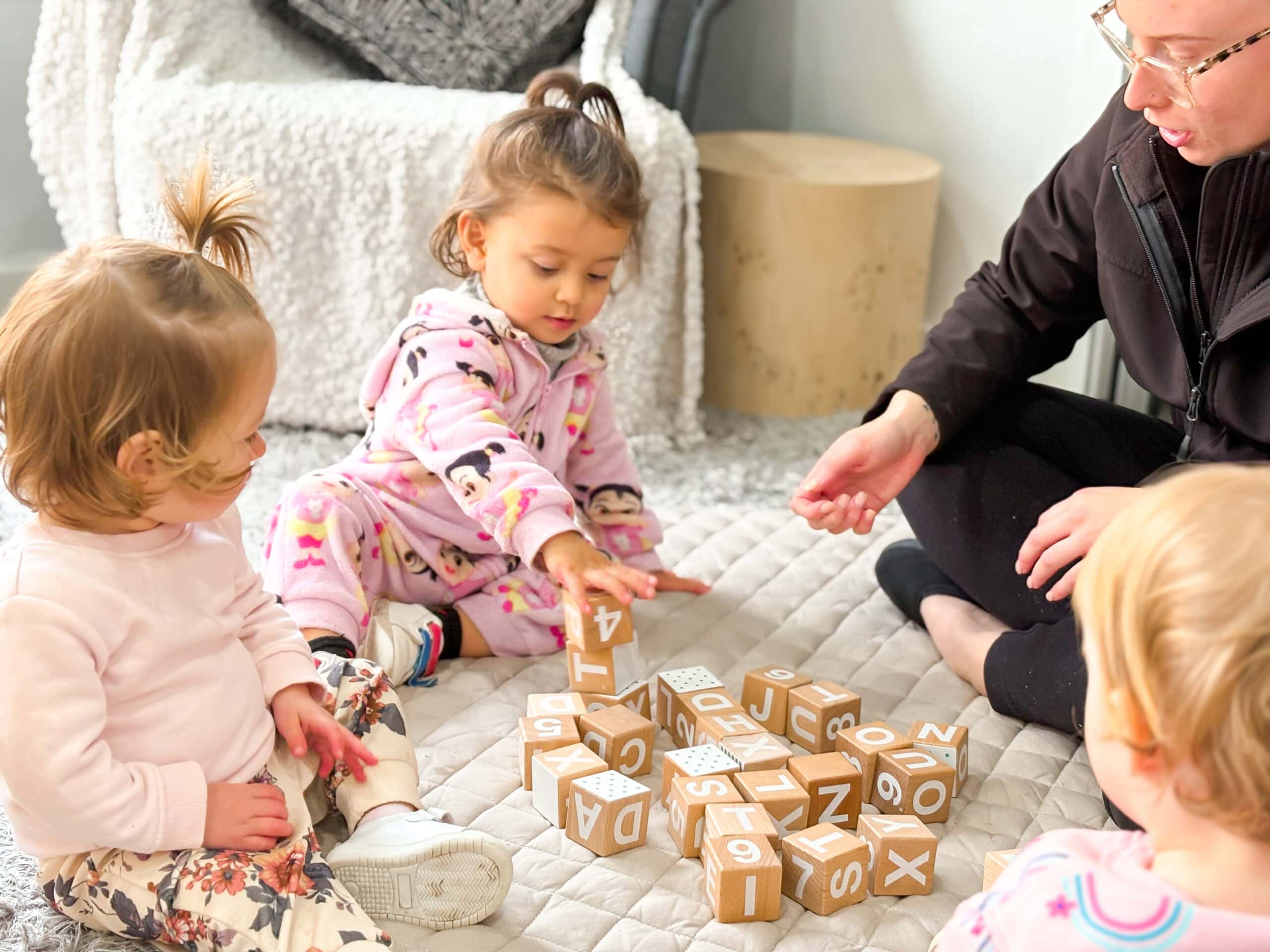In the realm of infant and toddler growth and development, “schema learning” is a term that often surfaces as a crucial concept for understanding how children develop their cognitive abilities. For parents, grasping the essence of schema learning can offer valuable insights into their child’s learning process and help nurture an environment that supports their developmental journey.
What is Schema Learning?
A schema is essentially a mental framework that helps individuals organize and interpret information. For
infants and toddlers, schemas are the building blocks of knowledge that influence how they perceive the world around them. Children create schemas through their interactions with people and objects, which in turn shapes their understanding and ability to navigate various experiences. For example, a child who repeatedly pushes a toy car down a ramp develops a schema about movement, speed, and cause-and-effect relationships. As they experiment with different angles and surfaces, their schema becomes more refined, informing their understanding of physics in a playful context.
The Role of Play in Schema Learning
Play is an essential component of schema learning, as it provides children with opportunities to explore,
manipulate, and experiment with their environment. During play, children test their hypotheses, engage with new materials, and interact with peers, all of which contribute to schema formation. As parents, encouraging free and unstructured play can significantly enhance your child’s ability to develop and expand their schemas. Engaging in play alongside your child not only promotes schema learning but also strengthens your bond. As you participate in their activities, you can introduce new concepts, ask open-ended questions, and provide encouragement, fostering a deeper understanding of the world.
Recognising Different Types of Schemas in your child’s play
Schema play refers to the patterns of repeated behaviour that children use to explore their understanding of the world and the ways they interact with their environment. Understanding these schemas can help parents and educators support children’s development through play. While there can be variations in how schemas are categorised, here are nine common types of schema play identified in early childhood education:
- Trajectory Schema: This schema involves exploring movement through space. Children might enjoy activities that involve rolling, dropping, or throwing objects. They are fascinated by how things go up, down, or across and may experiment with ramps or hills to see how different angles affect the movement.
- Rotation Schema: Children with an interest in rotation will spin themselves or objects repeatedly. They may enjoy using toys with wheels or creating patterns by turning objects in circles. This play helps them understand concepts of motion and cause-and-effect relationships.
- Transporting Schema: This schema involves moving objects from one place to another. Children might engage in transporting toys in bags, carts, or buckets, often repeating the action as they find joy in the process of moving items around.
- Positioning Schema: Positioning involves arranging and organising objects in space. Children might
enjoy stacking blocks, lining up toys, or creating patterns. This play helps them learn about spatial
relationships and organisation. - Enveloping Schema: This schema revolves around enveloping or covering objects. Children may enjoy playing with boxes, wrapping items in cloth, or burying objects in sand. This type of play enables them to explore concepts of containment and surprise.
- Connecting Schema: Involves linking and connecting objects to create structures or relationships.
Children using connecting schemas might like to build with blocks, snap together building sets, or use art materials to create interconnected designs. - Transforming Schema: Exploratory play focuses on investigating and experimenting with materials and their properties. Children might engage in sensory play, mixing substances, or exploring textures, which enhances their understanding of physical properties and scientific concepts.
- Enclosing schema: The enclosing schema is when they create enclosures around objects, themselves or cover items during mark making. You will observe learning dispositions such as persistence and concentration on large motor development as children manoeuvre themselves into spaces. Fine motor skills are used as children manipulate objects, placing them in and out, or opening and closing items like boxes or tins.
- Orientation schema: Is one of the types of schema play that children engage in as they explore and
interact with their environment. This particular schema relates to understanding and experimenting with spatial relationships, directions, and positions in space. Children who are engaged in orientation schema play often demonstrate behaviours that reflect their curiosity about how things are positioned or arranged.
Encouraging these types of schema play helps children develop critical thinking, problem-solving skills, and cognitive flexibility. By providing a variety of materials and play opportunities that align with these schemas, parents and educators can support children’s natural curiosity and learning. Understanding schema learning is vital for parents who want to foster their child’s cognitive development effectively. By recognising how children form and refine their mental frameworks through play and exploration, you can create an environment that not only supports learning but also instils a lifelong love for discovery. Empower your child by nurturing their curiosity and providing opportunities for schema exploration, and watch as they flourish in their understanding of the world around them.


